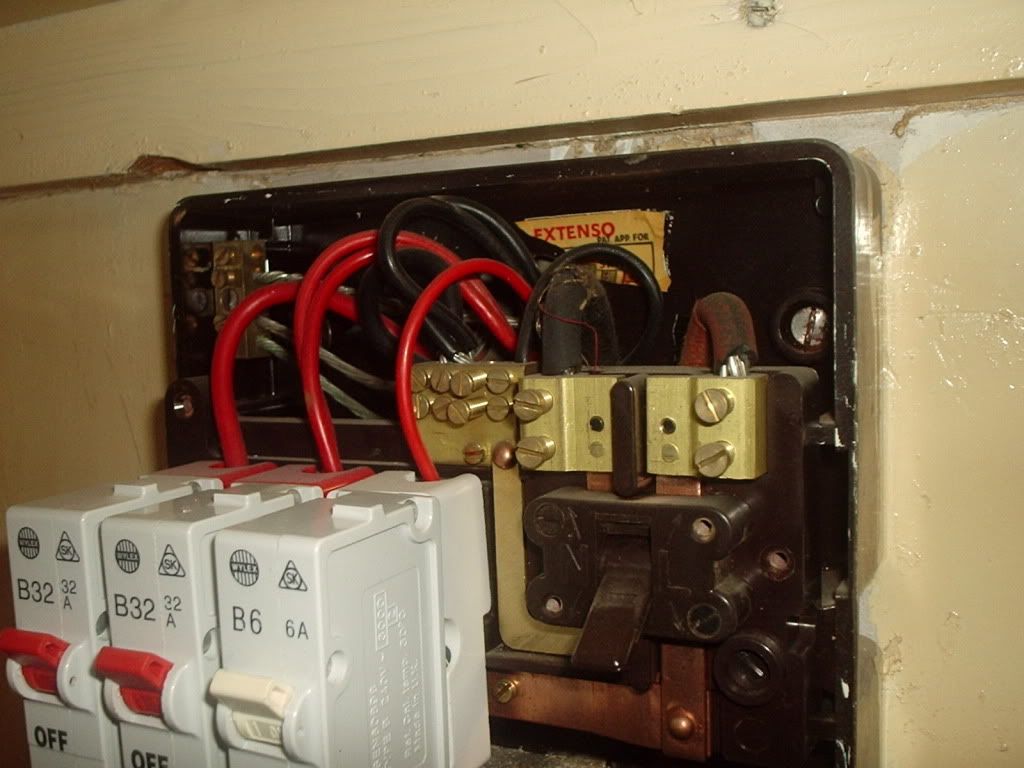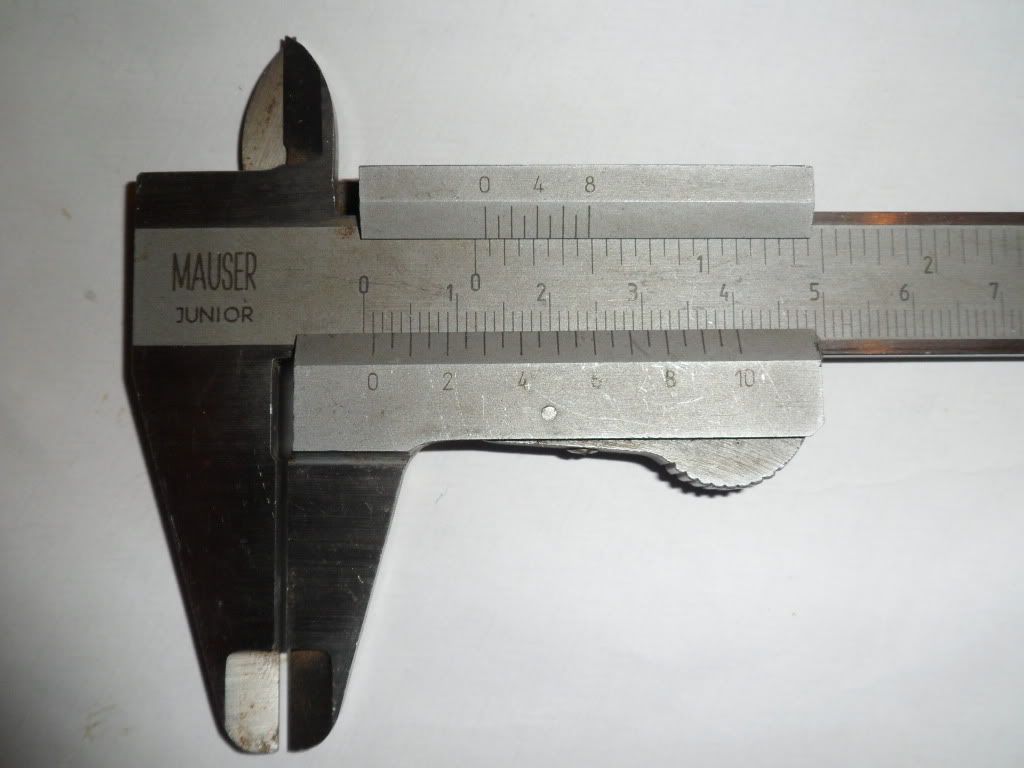- Joined
- Dec 25, 2011
- Messages
- 5,468
- Reaction score
- 78
Old imperial T&E?
Was it, csa wise, 2.5mm,4mm, 6mm etc or an close imperial size? Sorry to be pedantic. I only ask as I have a length feeding a cooker connection unit and am considering whether to re-use on a cu change. So guessing is 4 or 6mm squared. Appears from the visible ends to be in very good condition and IR tests fine. No apparent breakdown either on the clipped direct stuff on the loft joists (weird metal clips). It's the type with the "silver" stranded cpc up the centre and the line and N again stranded and silver in colour but sheathed red/black. I can easily measure the csa of each strand and multiply to get the overall csa. The original install dates from 1960 and the T&E is all under metal top hat capping. Fuses have been replaced by MCB's. This old T&E looks like new condition wise. Can't say the same for the cloth 16mm meter tails, "crumbly" is the term I'd use! Thanks.

Was it, csa wise, 2.5mm,4mm, 6mm etc or an close imperial size? Sorry to be pedantic. I only ask as I have a length feeding a cooker connection unit and am considering whether to re-use on a cu change. So guessing is 4 or 6mm squared. Appears from the visible ends to be in very good condition and IR tests fine. No apparent breakdown either on the clipped direct stuff on the loft joists (weird metal clips). It's the type with the "silver" stranded cpc up the centre and the line and N again stranded and silver in colour but sheathed red/black. I can easily measure the csa of each strand and multiply to get the overall csa. The original install dates from 1960 and the T&E is all under metal top hat capping. Fuses have been replaced by MCB's. This old T&E looks like new condition wise. Can't say the same for the cloth 16mm meter tails, "crumbly" is the term I'd use! Thanks.






